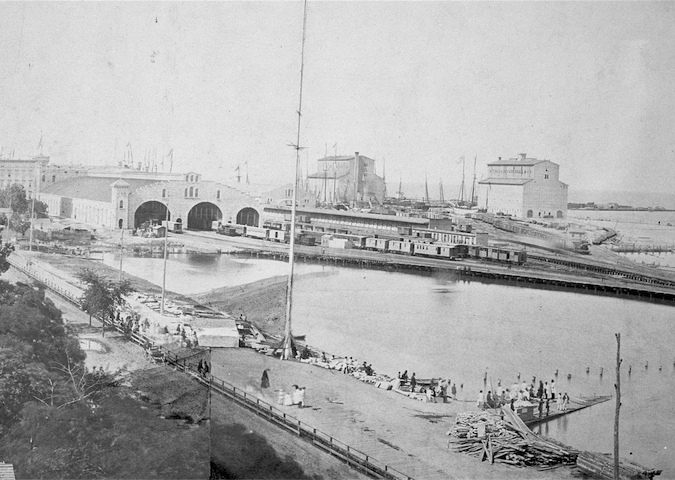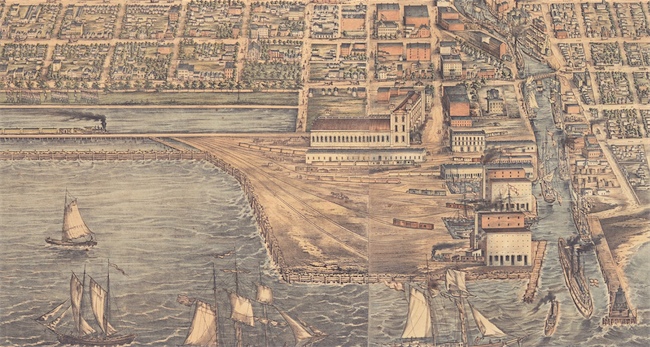From the Small Wonder entry on wikipedia:
Information Consistency Problem
In the section entitled “Premise” it states:
V.I.C.I.’s features include superhuman strength and speed, an AC outlet under her right arm, a parallel port under her left arm, and an access panel in her back.
Further down the page in the section entitled “Characters” it states:
Vicki has an access panel in her back, an electric socket in her right armpit, and an RS-232 serial port under her left armpit.
A parallel and a serial port are 2 different kids of ports that differ in look and operation. I am not certain which one is correct, or if both of them are (which I doubt), but I would recommend this be researched and corrected. If both are correct, I would recommend mentioning both ports in both sections.
I love wikipedia.

Marked and unmarked graves of Union war dead in Chicago’s Rosehill Cemetery.
Soldier, originally uploaded by mmmmarshall.
Charles Lewis Francis traveled from Baltimore to Chicago in June of 1862, on the Baltimore & Ohio railroad. Here’s what his route would have looked like:

This is based on an 1860 map of the B&O Railroad available online at the Library of Congress. CLF reports that it took nearly 48 hours to make the trip. The same trip on Amtrak today would require a transfer in Washington, D.C., but would arrive in Chicago (on the Capitol Limited) in less than 24 hours, assuming no delays. Wikipedia reports that in 1861-1862, the B&O in the Cumberland valley was subject to disruption due to the war, so this may have added to his journey’s length. Additionally, according to the same Wikipedia article, the railroad bridge over the Ohio at Bellaire (or Bel-air, as CLF reports it) wasn’t completed until 1871, so CLF would have had to disembark in Wheeling, WV, and crossed the Ohio river some other way. CLF also reports passing through Columbus, but it’s not clear exactly which route was taken from there to Chicago. It’s possible that he passed through Dayton, Ohio, near where some of his descendants would one day reside.
It’s likely that CLF arrived in Chicago at the Illinois Central Depot, located where Millenium Station now stands, at the intersection of Madison and Michigan. In 1858, it looked like this:

This is a photo provided by the Chicago Historical Society. The white buildings behind the train tracks are grain elevators. All of this is underground now, under the Art Institute and Millennium Park. Here’s another view of the waterfront station, courtesy of the Chicago Historical Society, from an 1857 “birds-eye view” of the city. Note the train steaming in from the left (South) across what was then a breakwater, but is now Grant Park.




